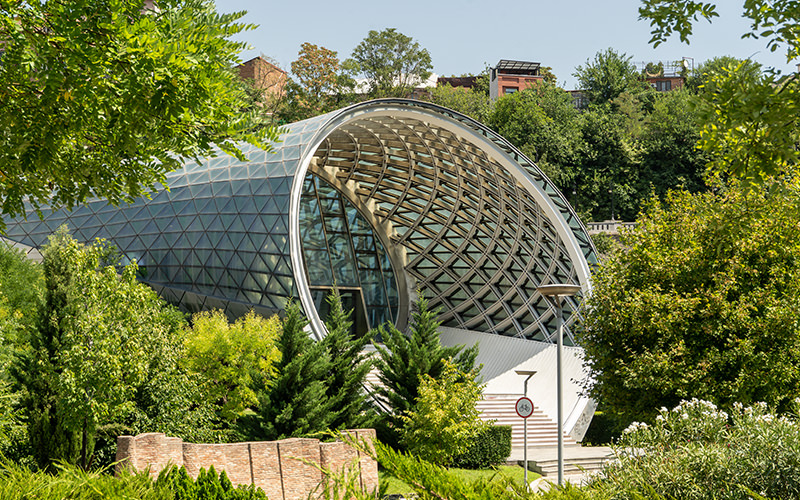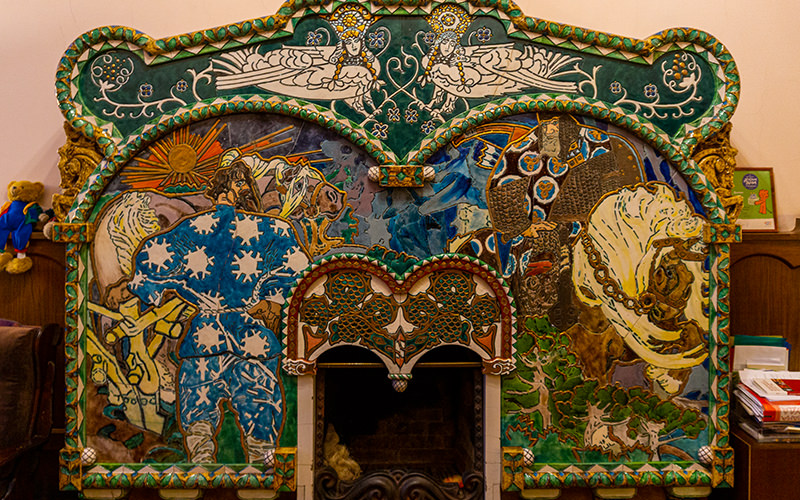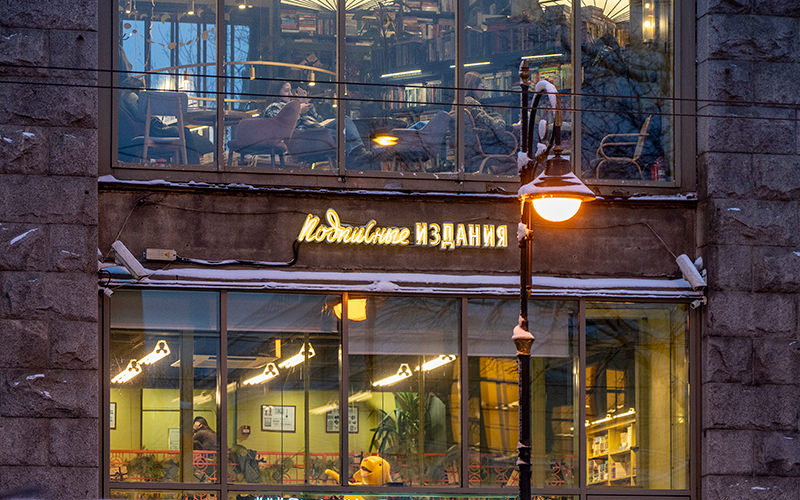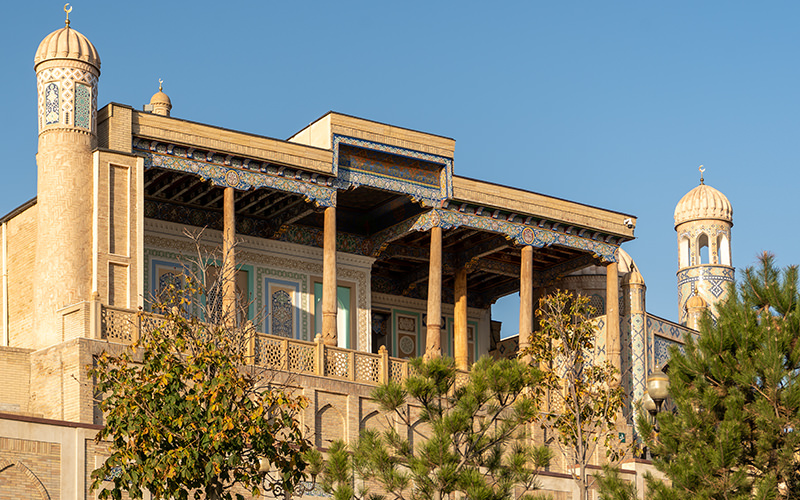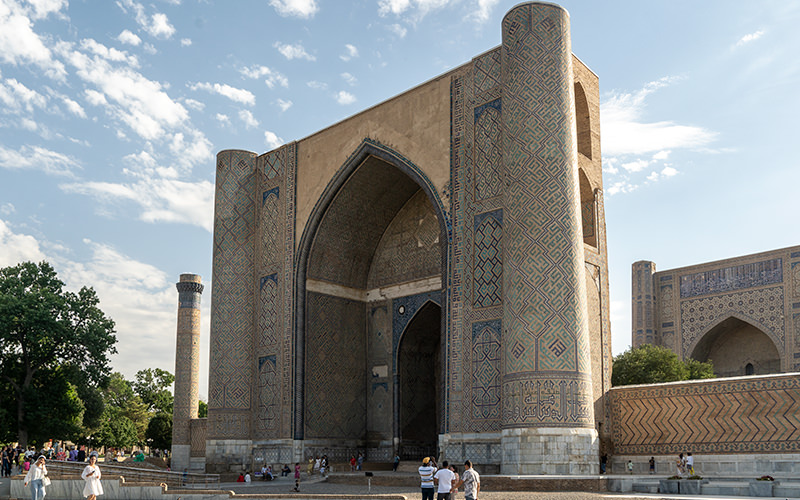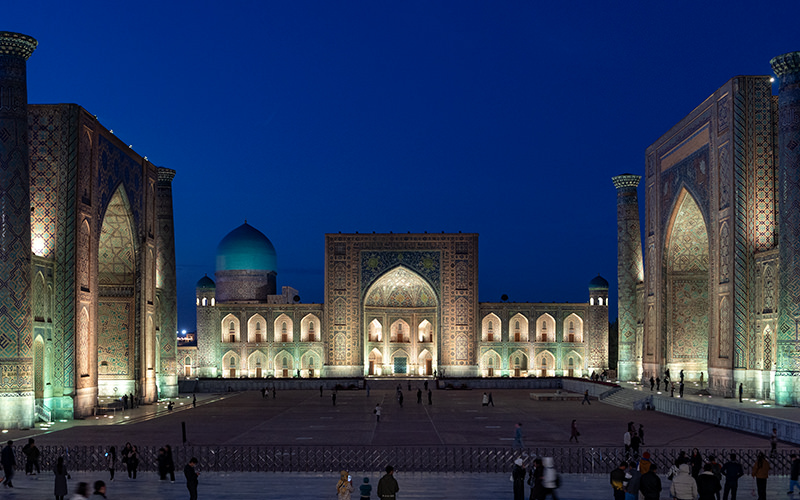I decided to conclude my first stroll through the marvelous Samarkand with a visit to the Shah-i-Zinda complex. Locals had told me that it was a very interesting place, and in my experience, the ensemble truly stands out as one of the most beautiful sights in the city.
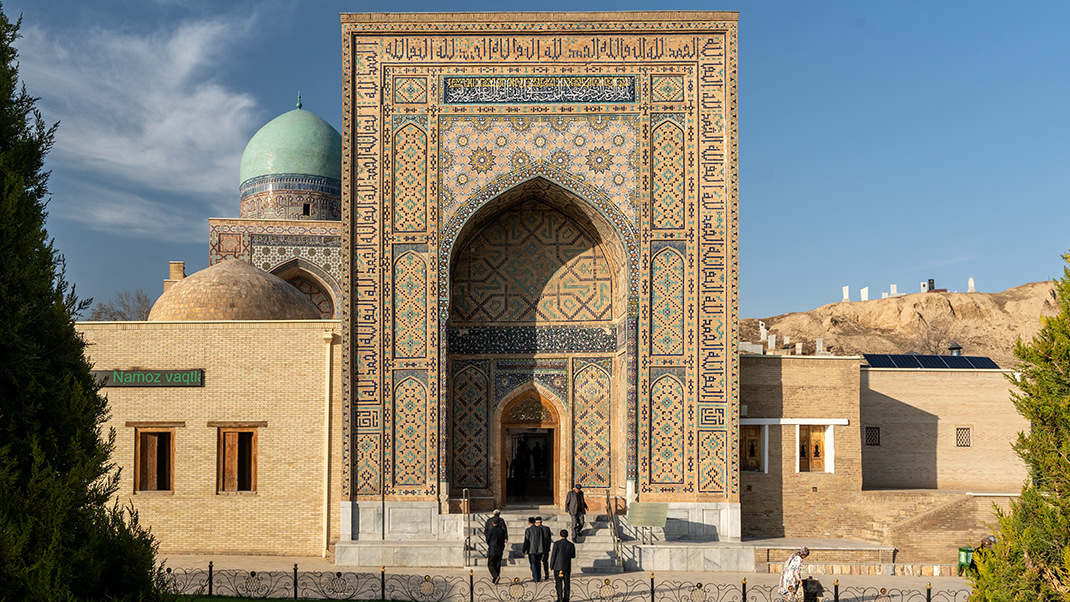
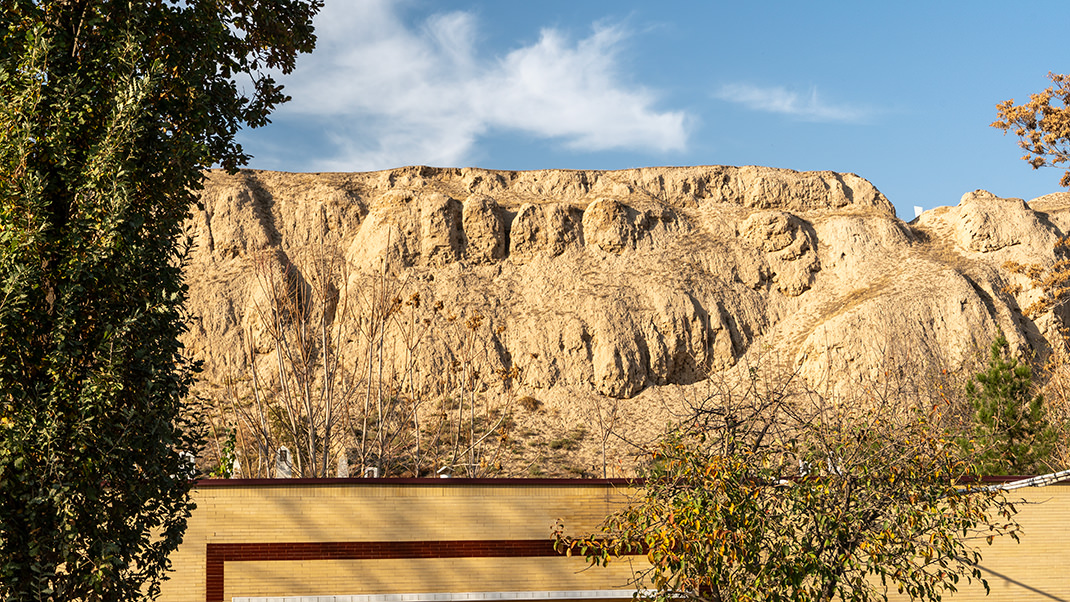
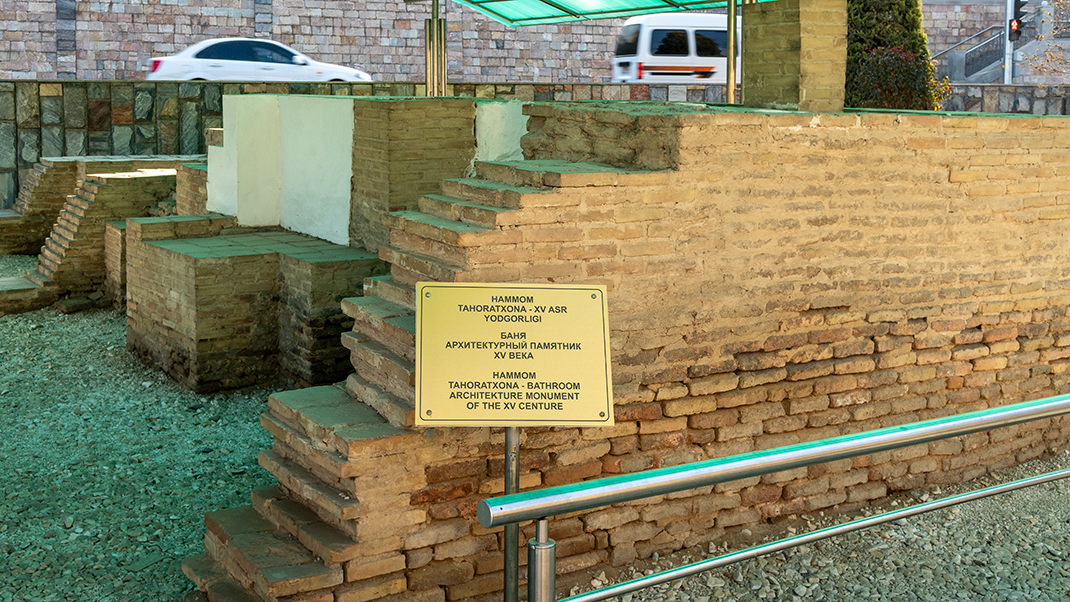
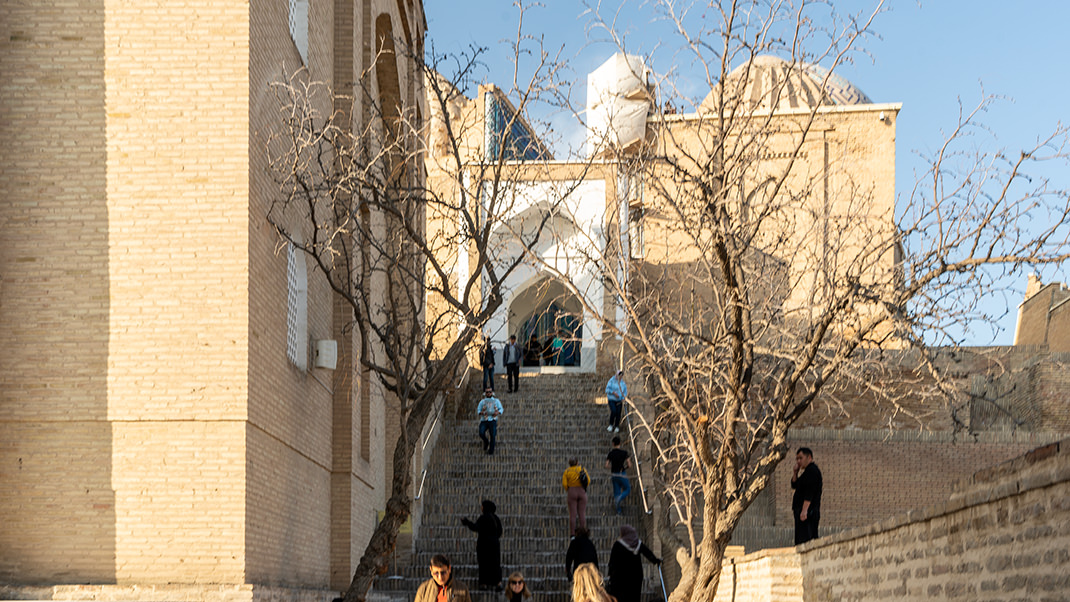
How to Get There
My entire route through Samarkand was on foot. I began my walk at the Amir Temur monument and finished it here, at Shah-i-Zinda. Detailed information about this mini-journey can be found in my overview article about Samarkand.
The address of the complex is 1 Shah-i-Zinda Street. There are several public transport stops nearby, making it convenient for those traveling to Shah-i-Zinda from remote parts of the city to arrive by bus or minibus.
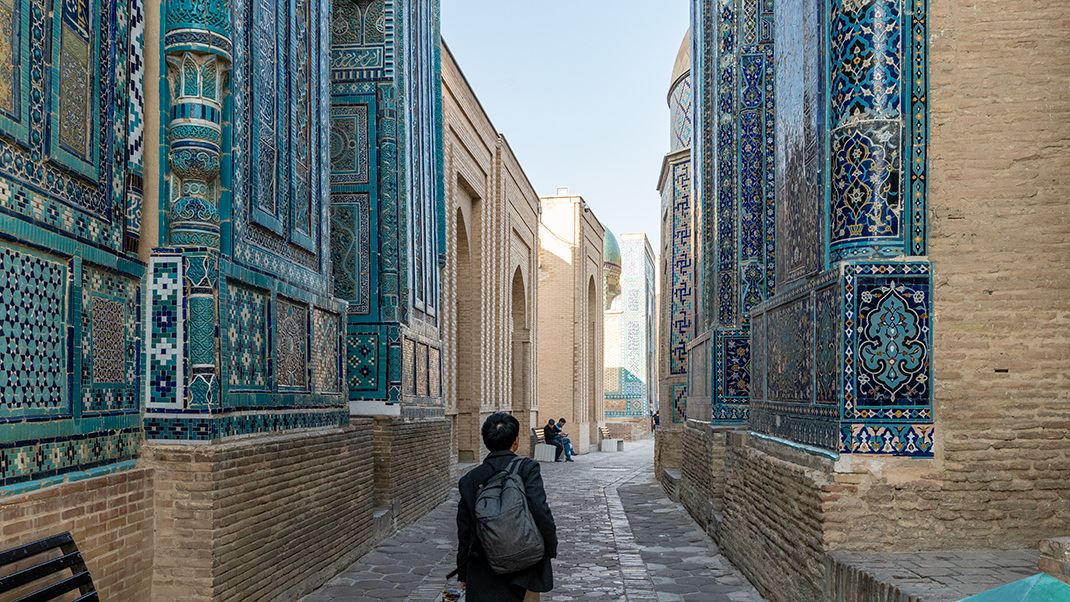
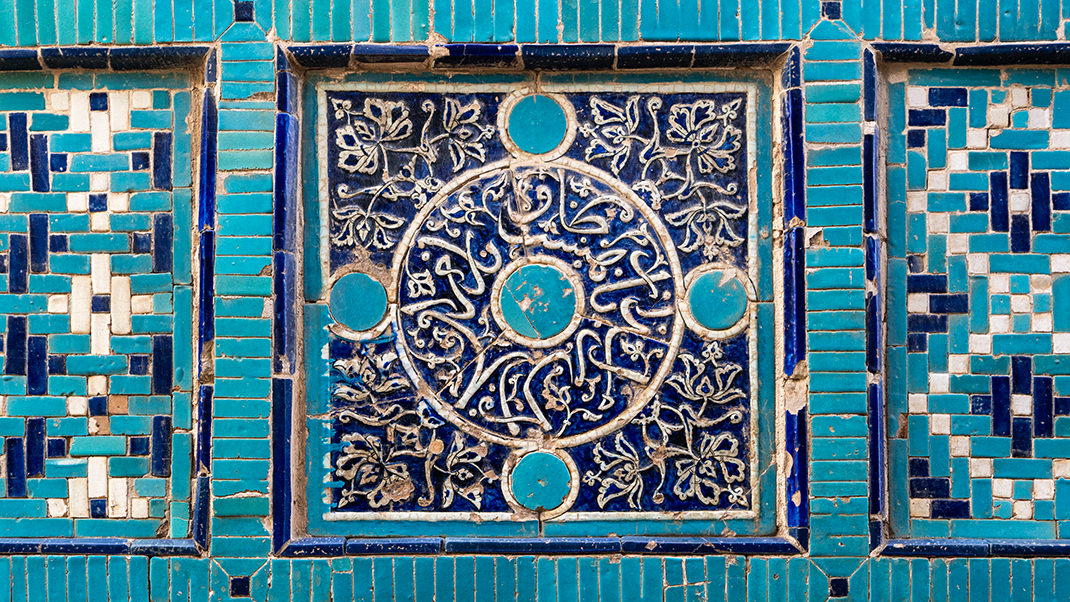
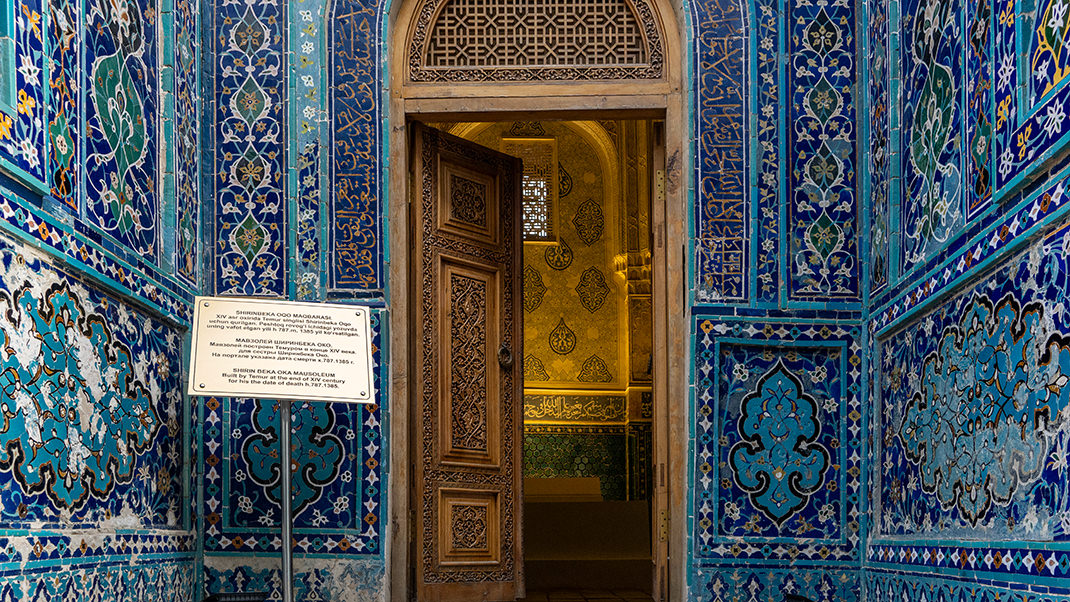
In November 2023, the entrance fee to the territory was 40,000 Uzbekistani soms. Unlike many other places in the city, there is no additional charge for photography with professional cameras.
Payment for admission can be made in cash or with credit cards.
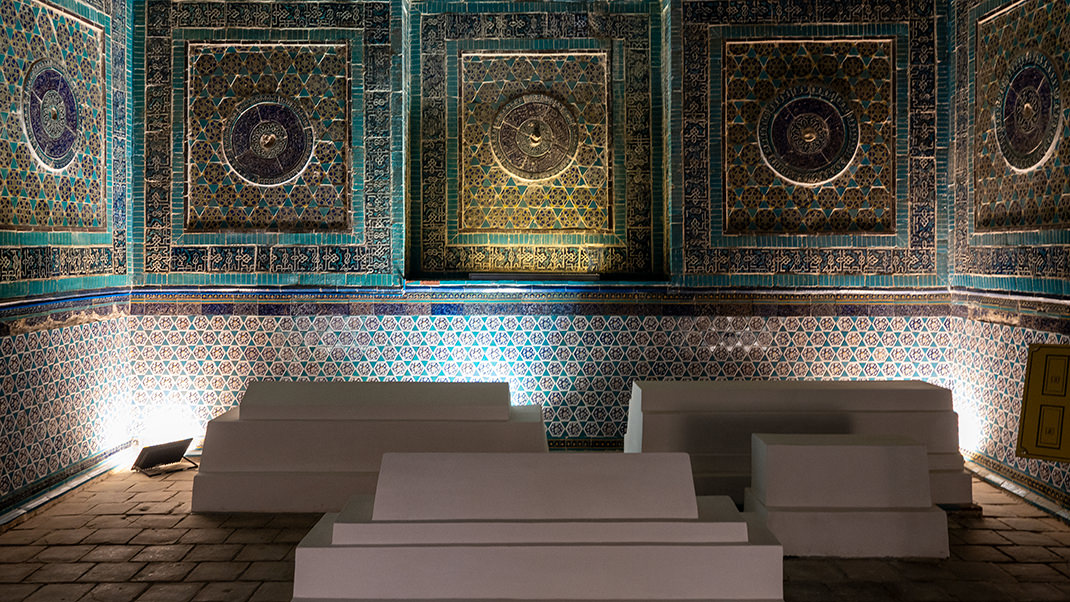
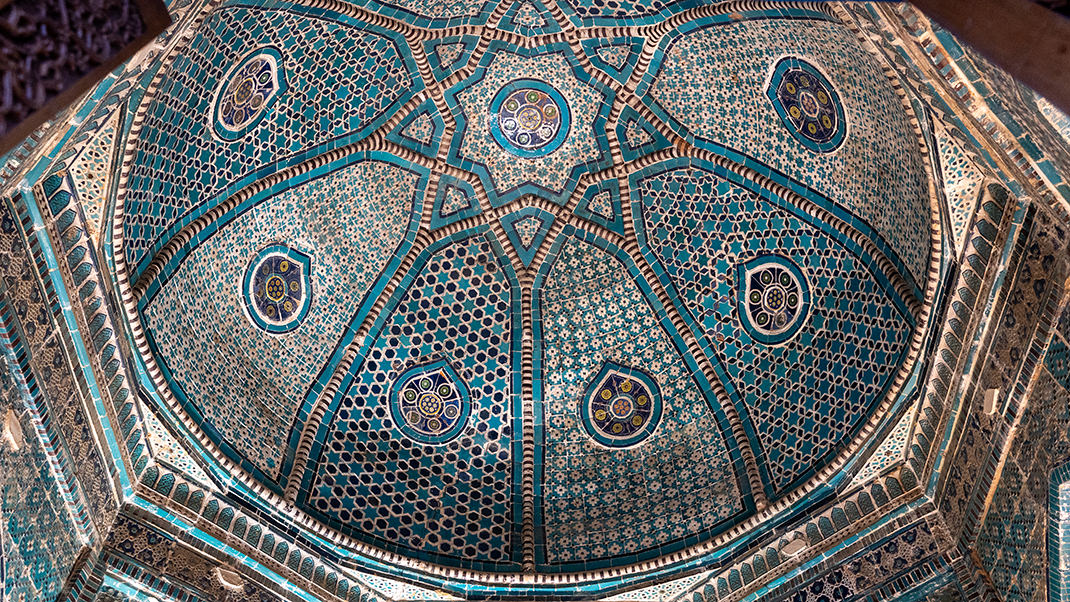
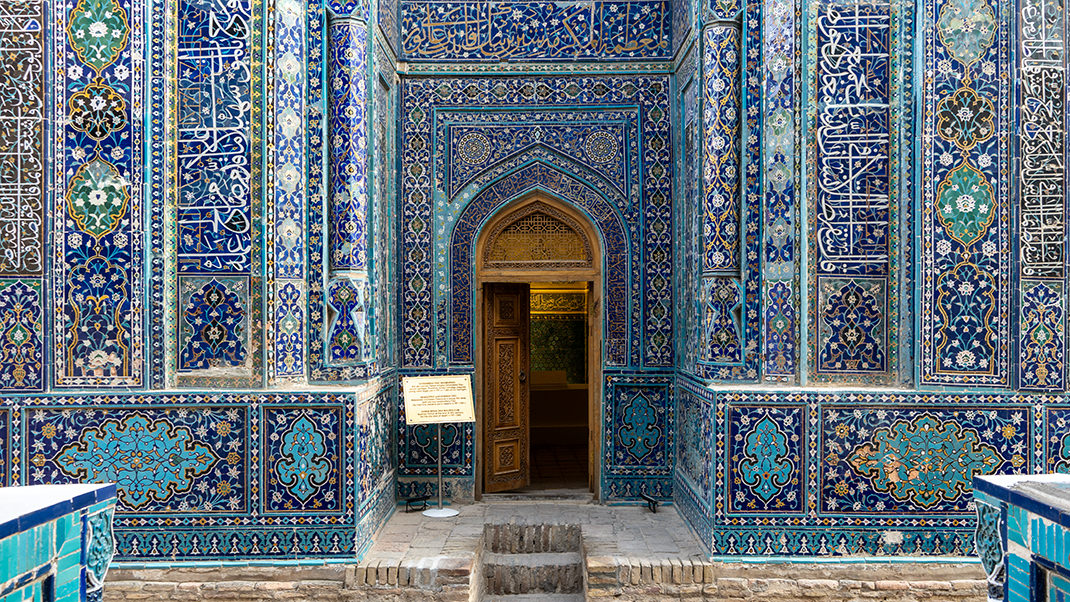
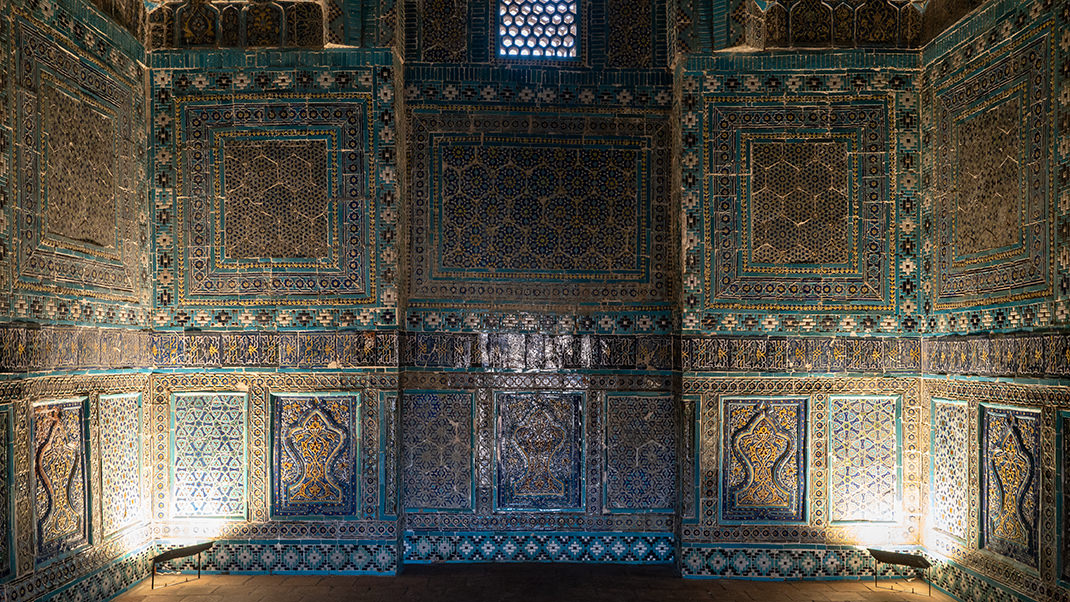
A Bit of History
The Shah-i-Zinda Ensemble is located on the slope of Afrasiyab, the ancient settlement in the northern part of Samarkand. The fortified settlement emerged several centuries before our era. Over the years, the city experienced periods of rise and fall, and in the early 13th century, its residents finally abandoned it.

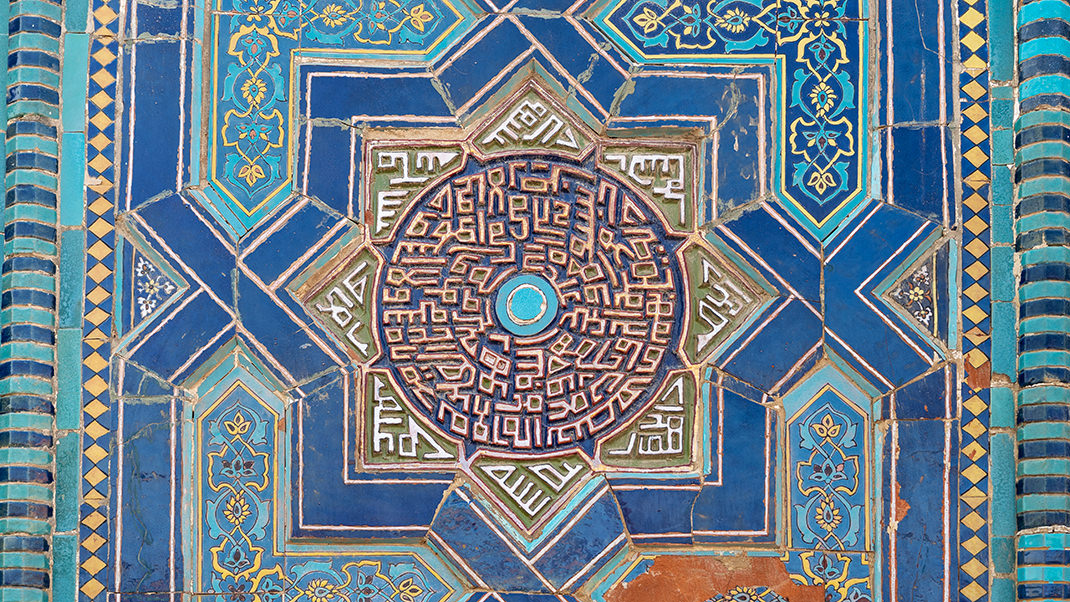
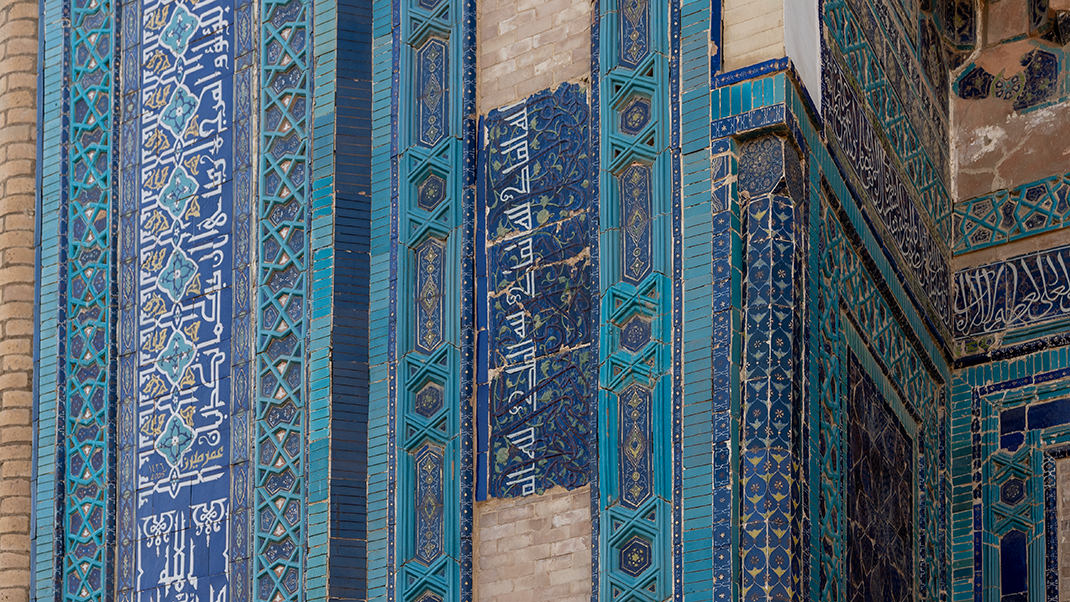
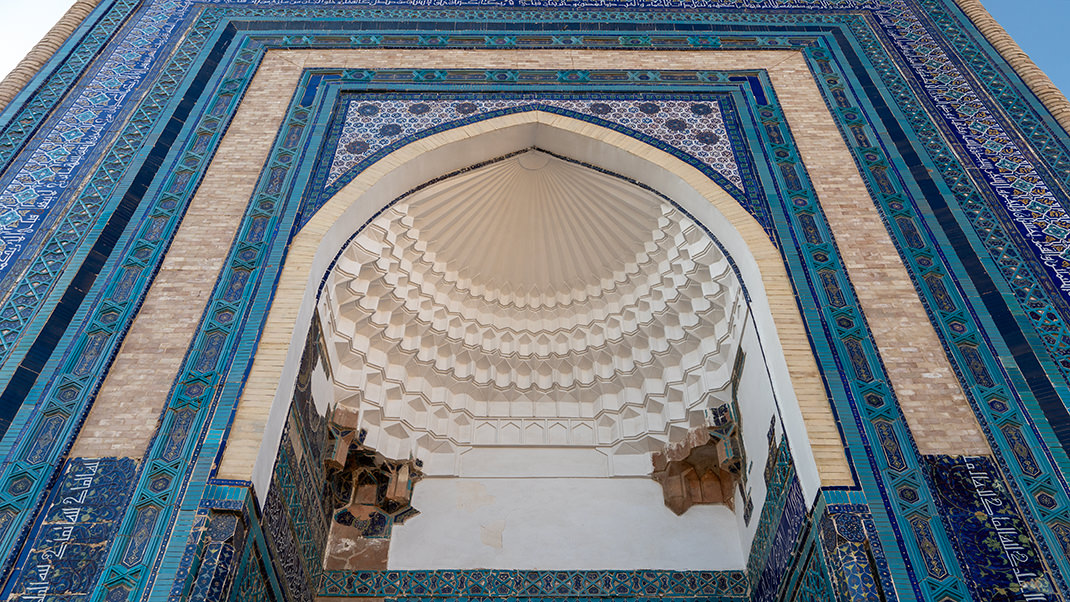
The development of this architectural complex began with the tomb of the military leader Qutham ibn Abbas. According to legend, he was wounded not far from these places but managed to find refuge underground, where he still lives to this day. Hence the name of the landmark: Shah-i-Zinda translates to "Living King."
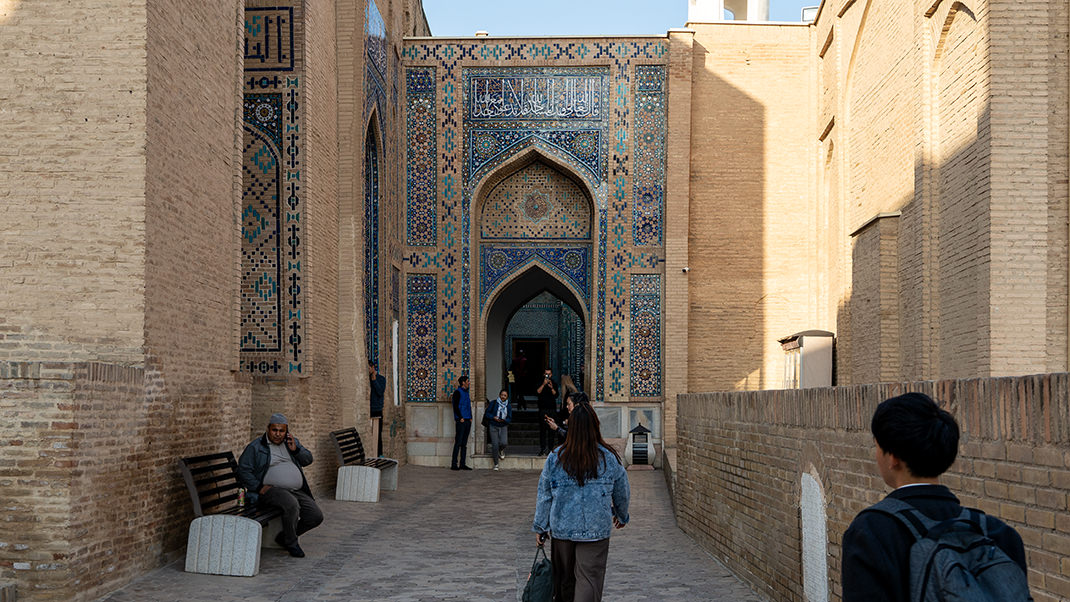
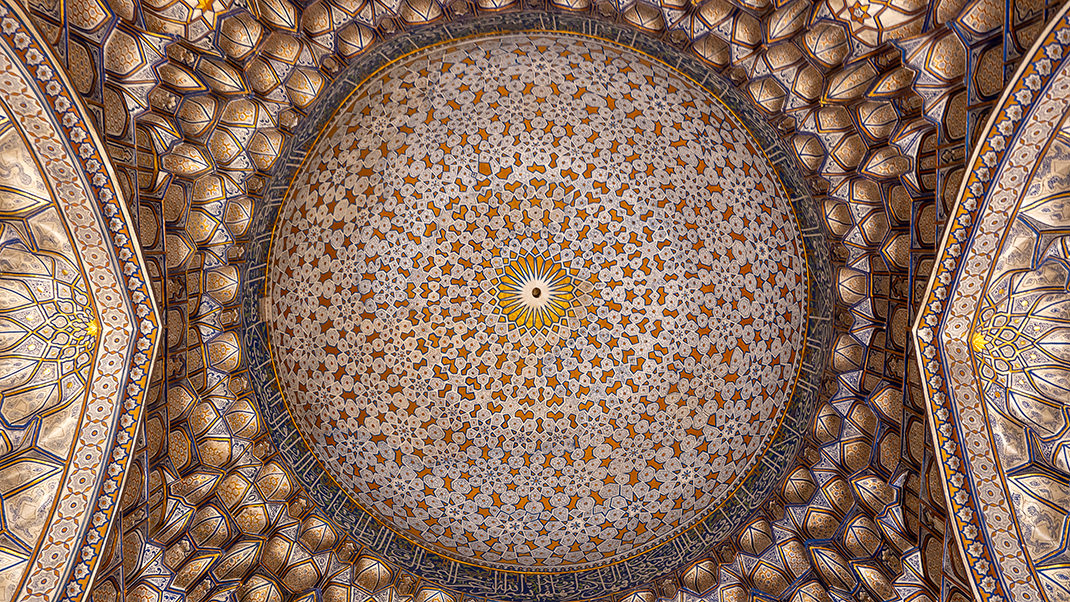
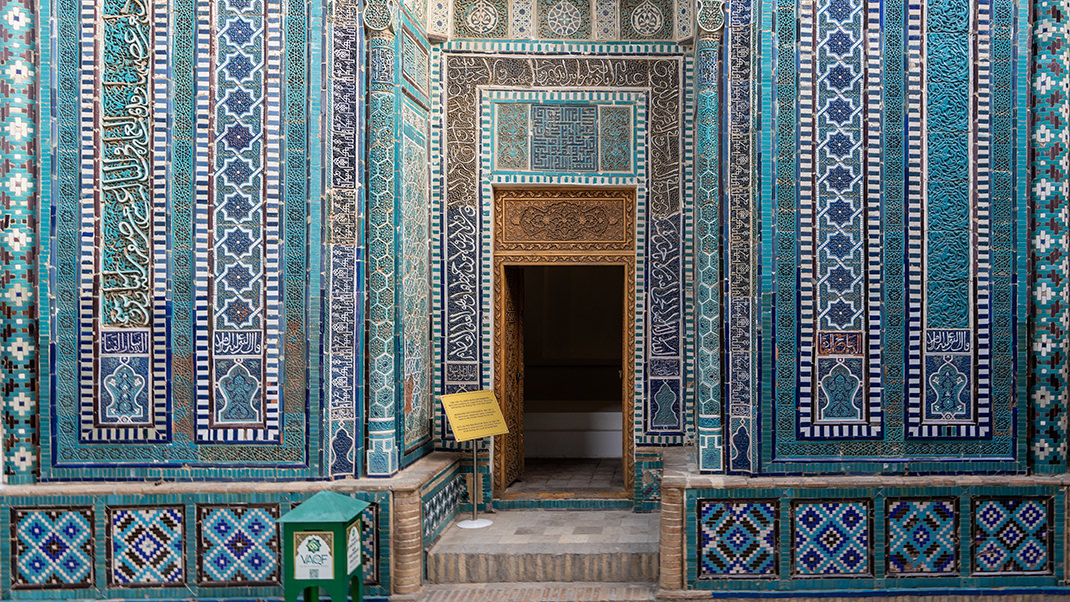
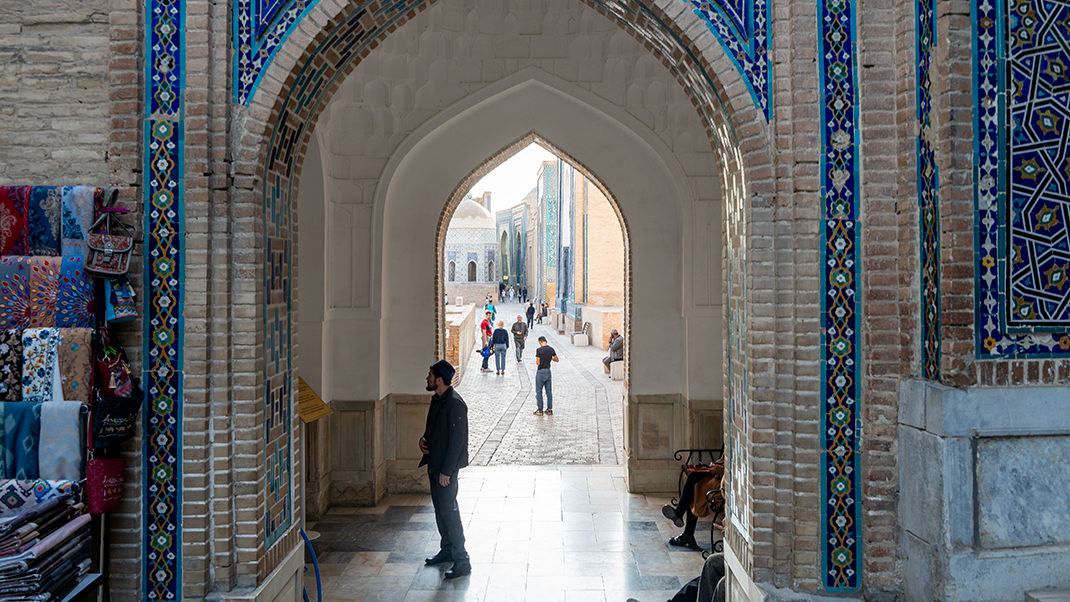
Over time, the complex expanded. Today, the attraction consists of an entire street with mausoleums built in the 14th and 15th centuries. Guidebooks mention that there are 11 buildings along this street, and a staircase of 36 steps leads to these structures.
Despite the complex's purpose, it does not evoke a somber cemetery impression: the mausoleums are adorned with vibrant colors, and on sunny days, the facades of the buildings play with hues. Some structures are open for visitors, while the doors of others are closed to tourists. In the distant part of the complex, there is a space delimited by three vivid portals. This view is one of the postcards of Samarkand.
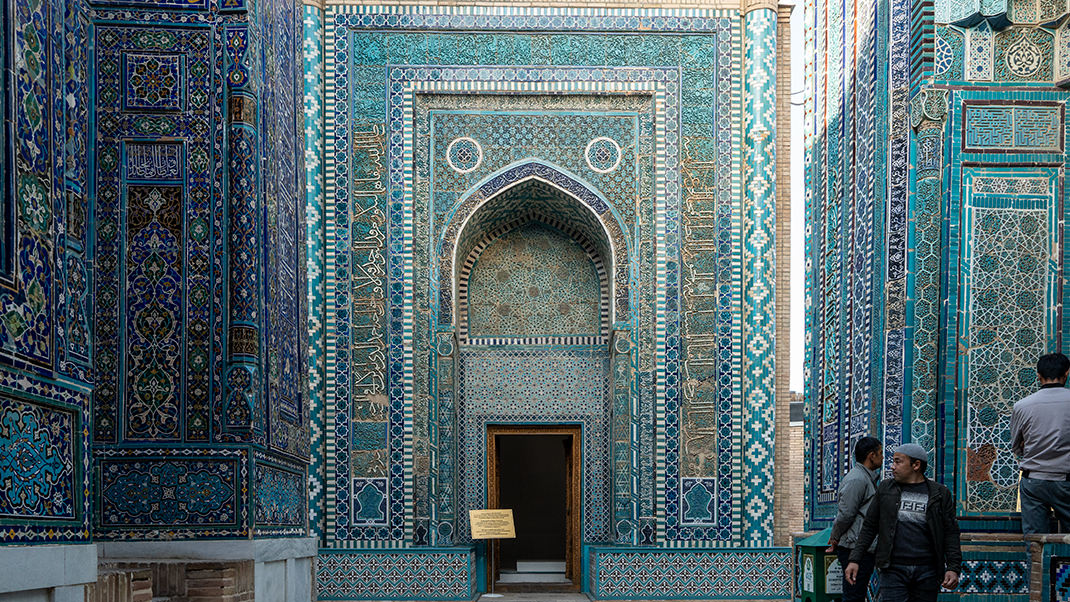
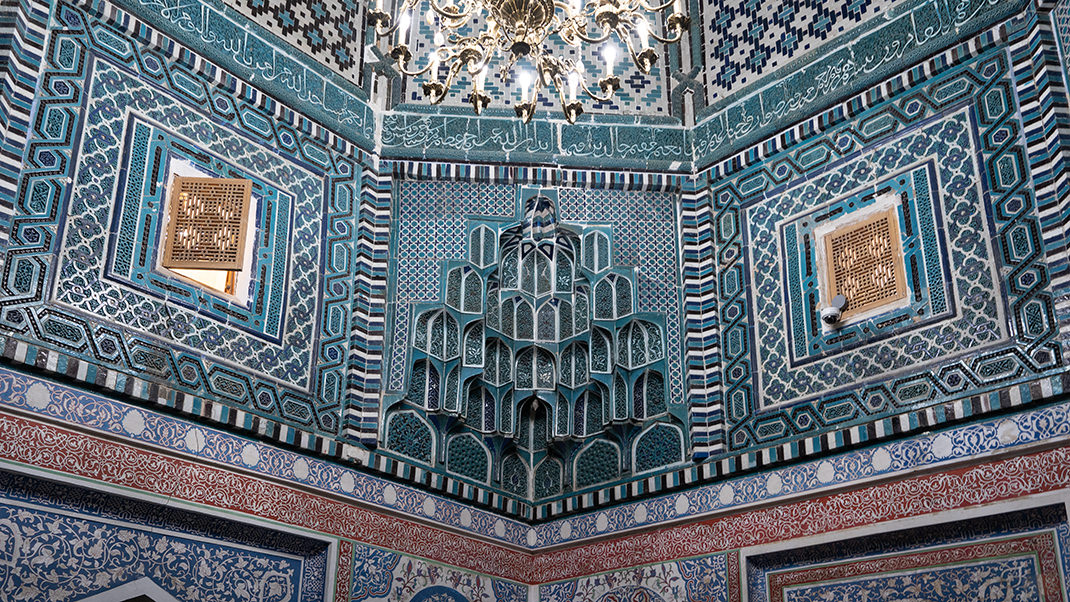
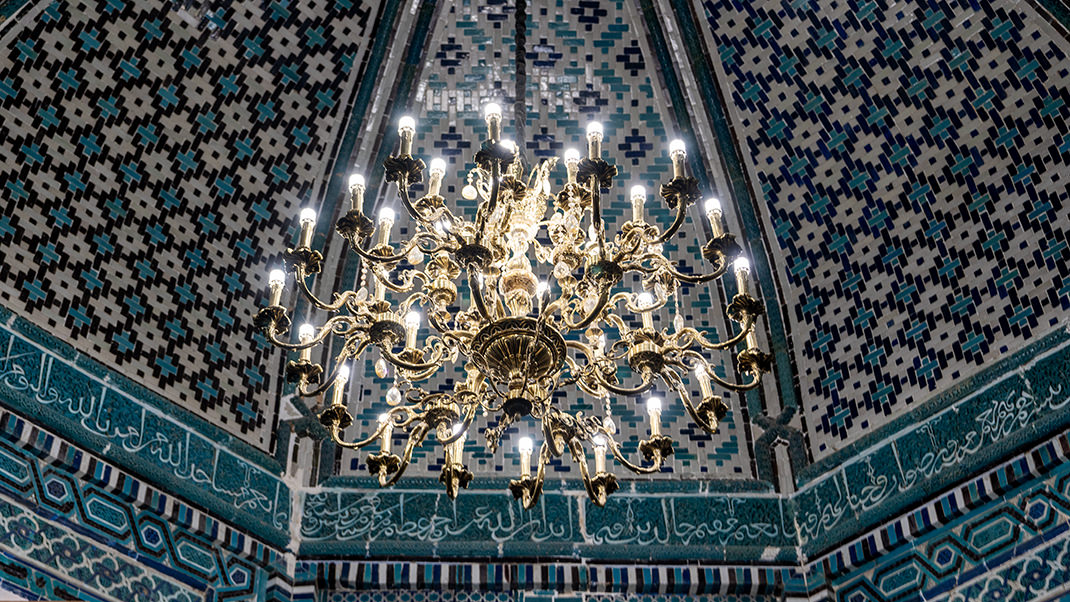
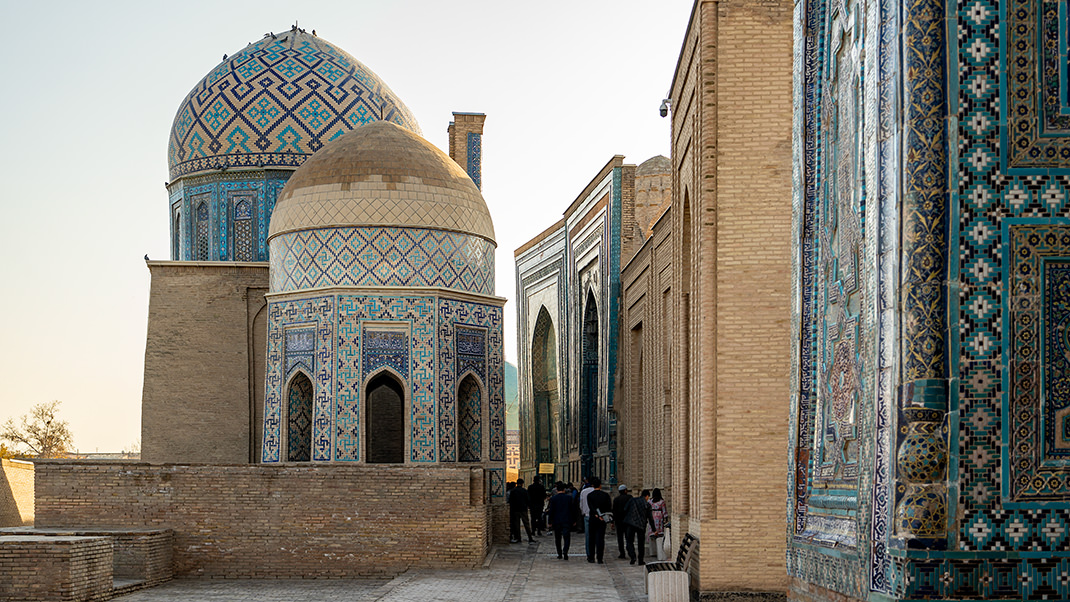
At the beginning of the material, I left a link to my entire route through Samarkand. At the end of the article, I share the story of my trip to Bukhara with you. I hope these posts will help all travelers planning a journey through the cities of fascinating Uzbekistan.
Have a nice trip!


